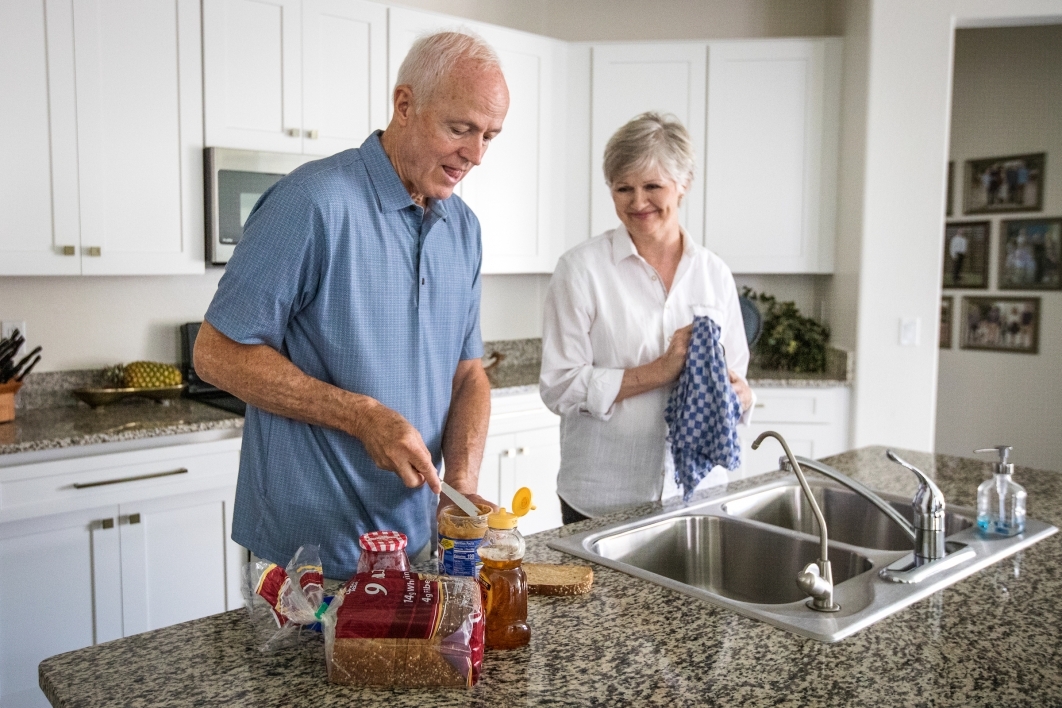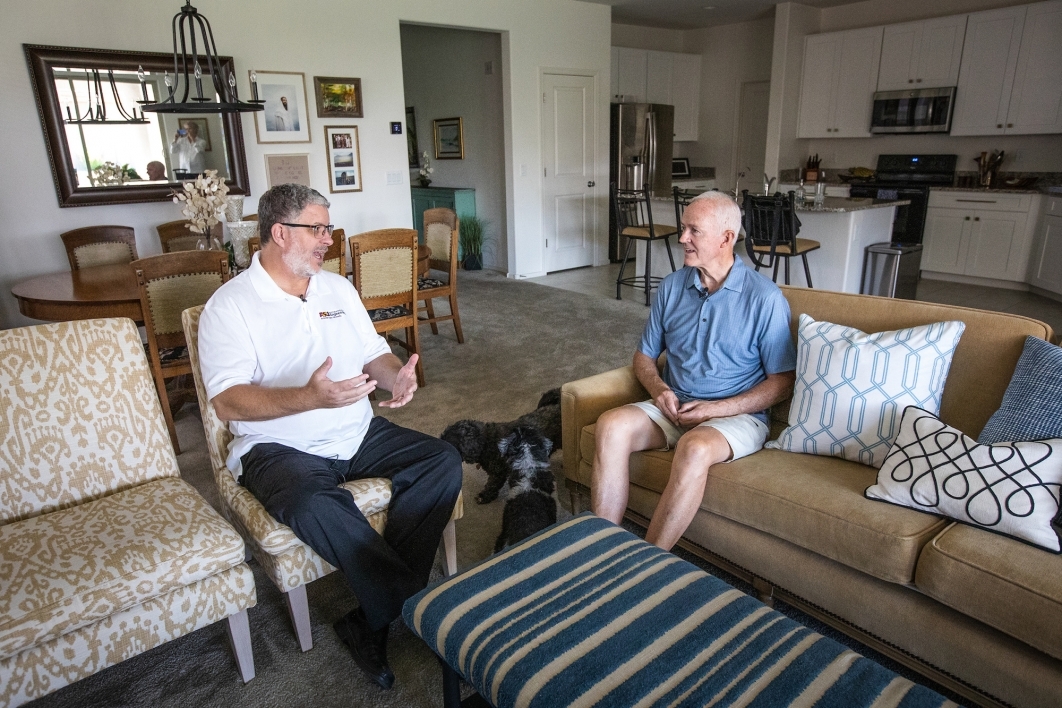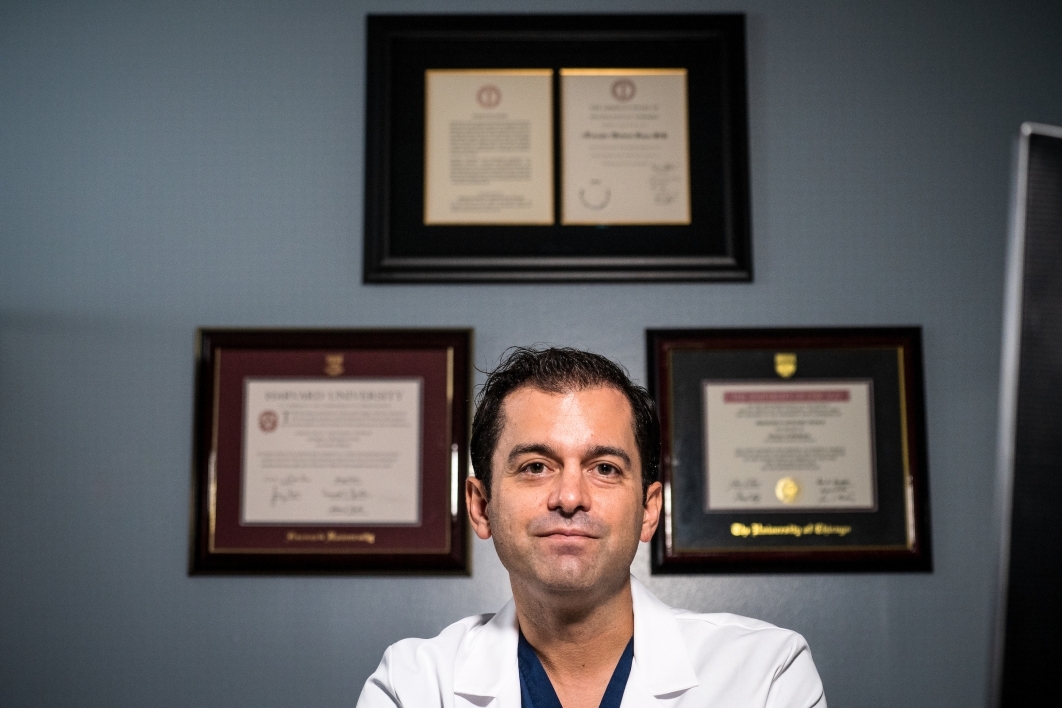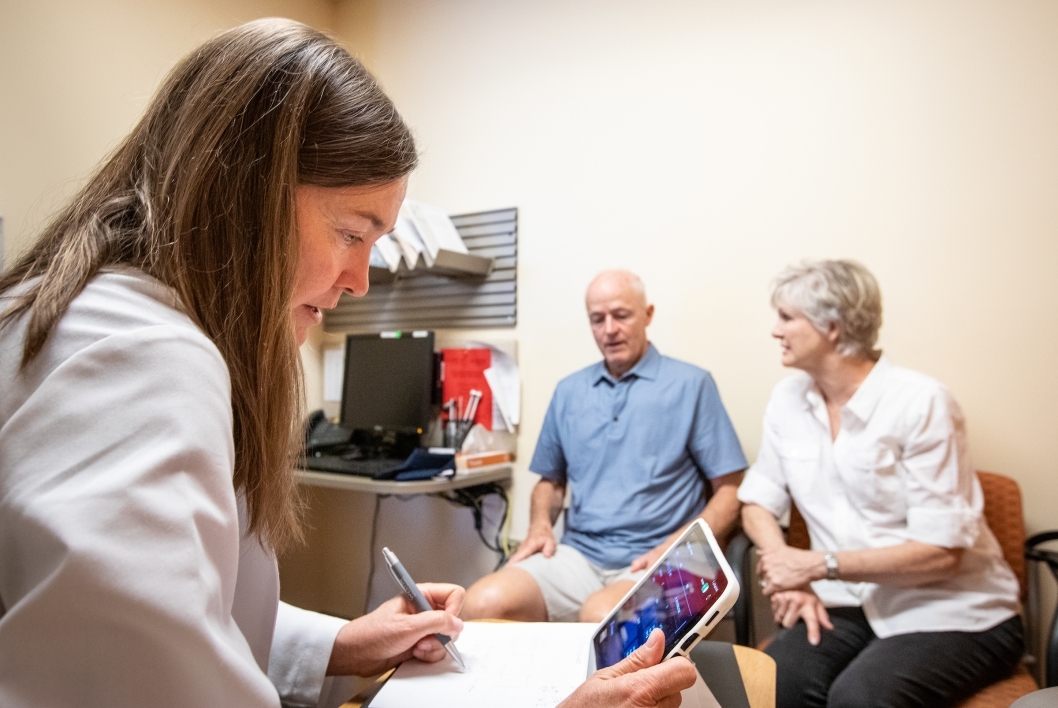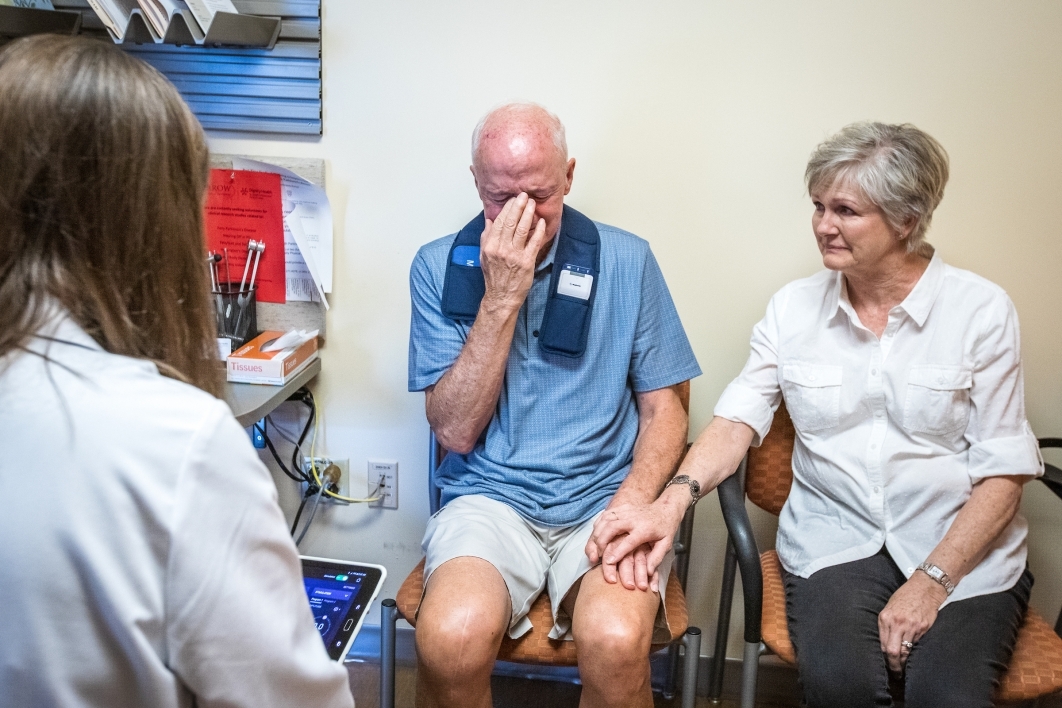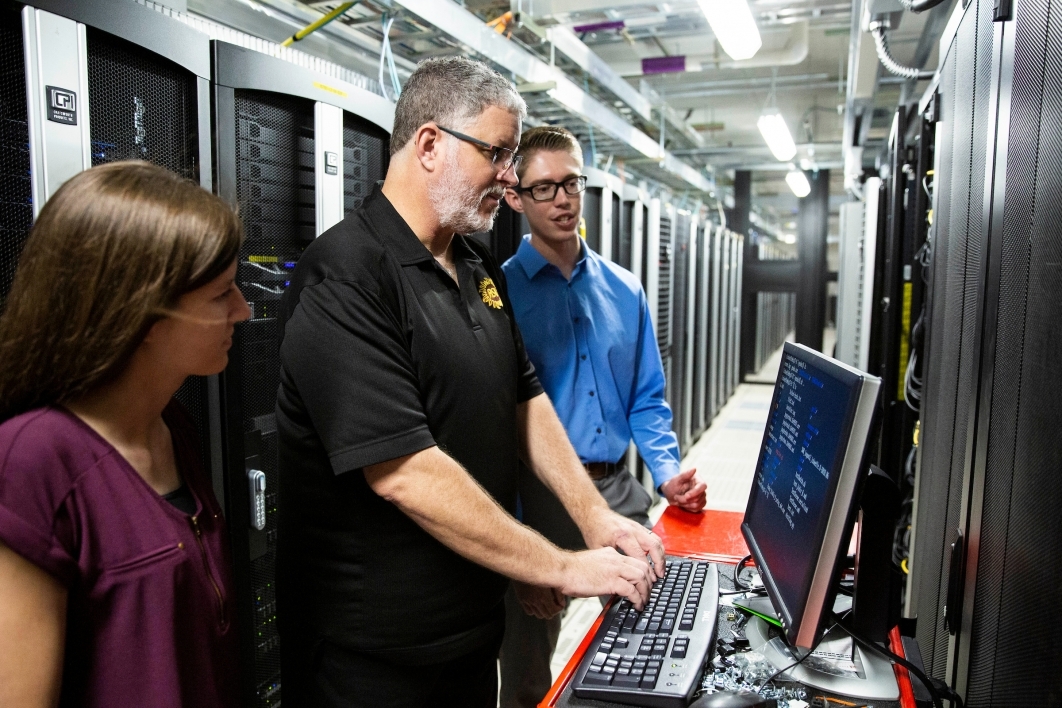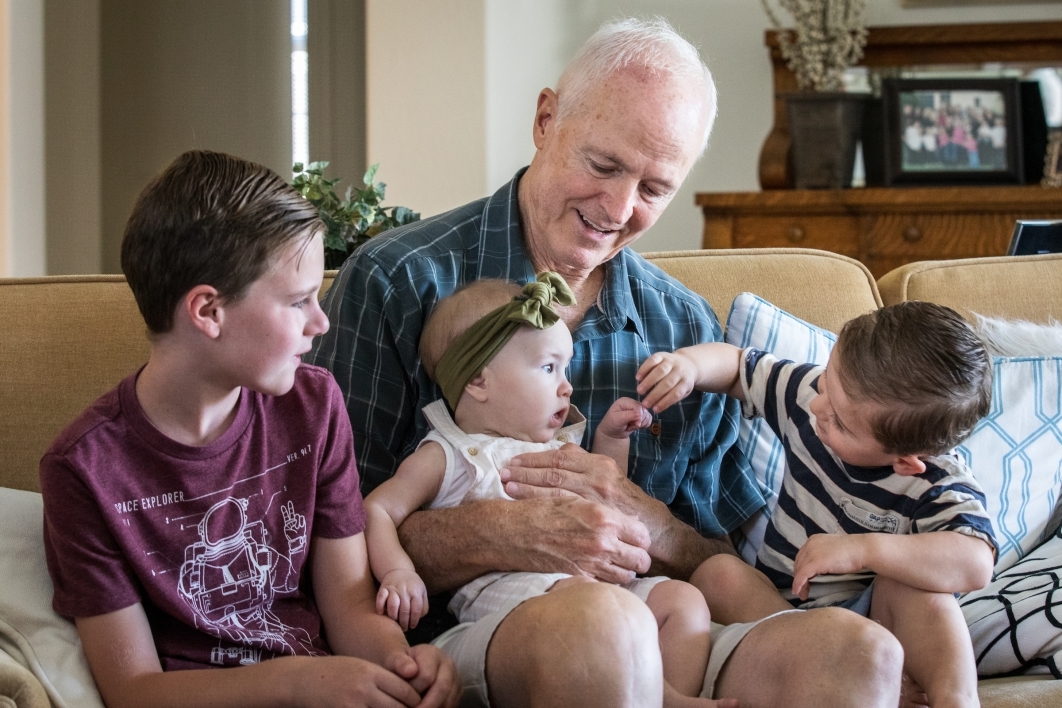Stimulating the deep brain
Electrodes inserted into an area of the brain that plays a critical role in movement can alleviate Parkinson's symptoms
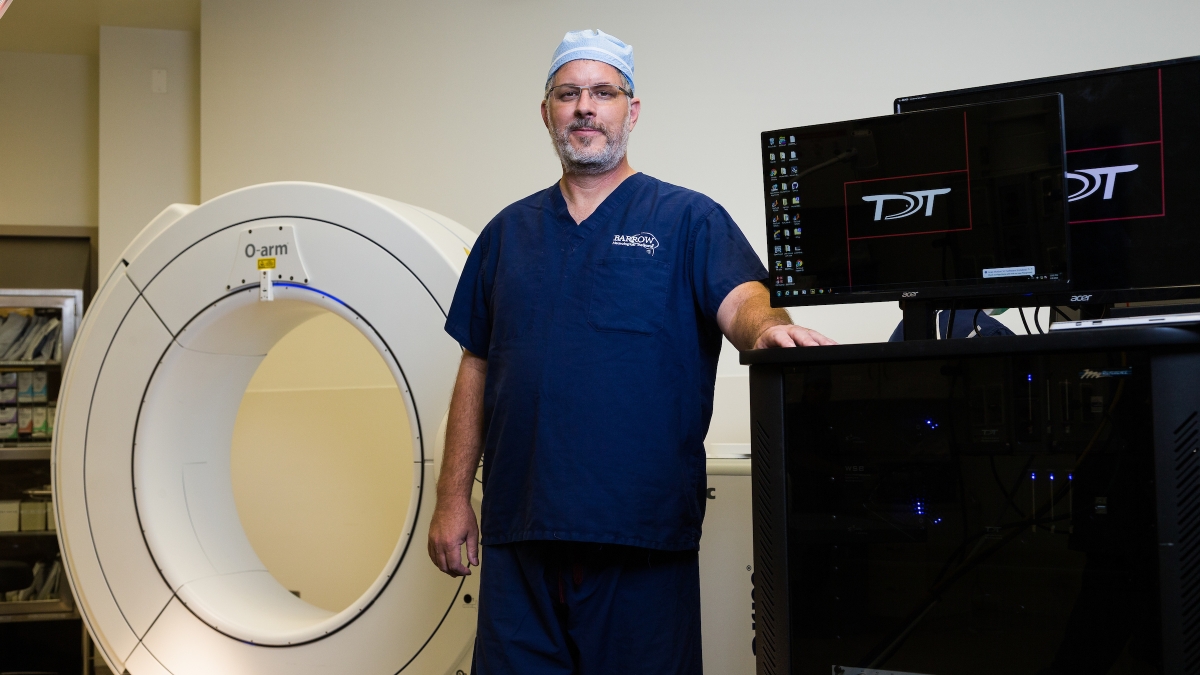
Parkinson’s disease is a neurodegenerative disorder that affects a specific area of the brain — the substantia nigra. It can result in tremors, a slowness of movement known as bradykinesia, uncontrollable muscle contractions known as dystonia, and difficulty with walking and balance.
Deep brain stimulation, or DBS, is a surgical procedure that’s been used to treat Parkinson’s for more than 20 years. Using magnetic resonance imaging, DBS electrodes are inserted into an area of the brain that plays a critical role in movement — either the subthalamic nucleus or the globus pallidus. A small impulse generator, similar to a pacemaker, is also implanted under the skin of the patient’s chest to provide electrical impulses to the electrodes in the brain. The electrical impulses reduce the patient’s symptoms and improves their ability to move.
Video by Deanna Dent/Media Relations and Strategic Communications
Arizona State University neuroscientist Bradley Greger has teamed up with Barrow Neurological Institute neurosurgeon Dr. Francisco Ponce to evaluate DBS for its possible use in treating other neurological disorders.
For the study, while the DBS electrodes are being implanted, a second, temporary implant is added to identify what’s happening in the brain during DBS treatment. Directly measuring the effect of DBS on brain activity will aid in extending the use of DBS in other neurological disorders.
Barrow Neurological patient Kimball Rogers and his family agreed to be part of the research. They are sharing their experiences to provide other Parkinson’s patients with information about the value of the procedure and the research.
Top photo: ASU Associate Professor Bradley Greger poses for a portrait in the operating room of St. Joseph's Hospital and Medical Center on Aug. 8, 2018, in Phoenix. Greger's research and work focuses on neuroscience, bioengineering and data analysis. Photo courtesy of Gary L. Armstrong/St. Joseph Hospital and Medical Center
More Science and technology

Associate professor shares her journey from NASA to ASU
From leading space missions to designing and building spaceflight hardware and training students in space science and engineering, Arizona State University is proving that space is more than a…

Famed systems engineer inspires ASU to tackle global problems
“Providing great talent with great opportunity can make a great difference.” Such was a key part of the message delivered by G. Don Taylor, executive vice provost and the Charles O. Gordon Professor…

The science behind chronic stress
Stress comes in many shapes and sizes. There’s the everyday stress of preparing for a final exam or being stuck in traffic. And the more significant stress of losing a friend, family member,…
